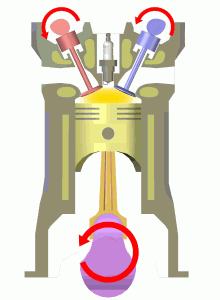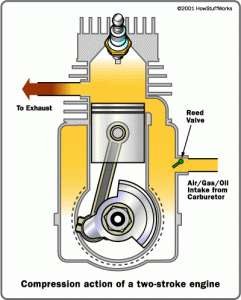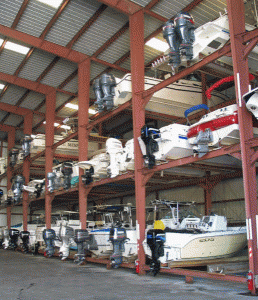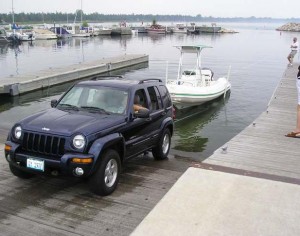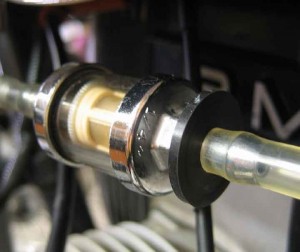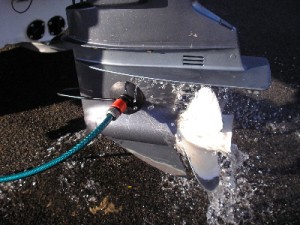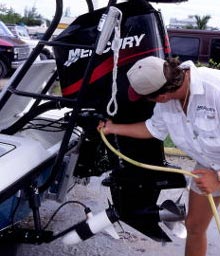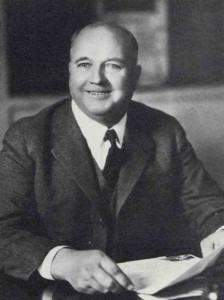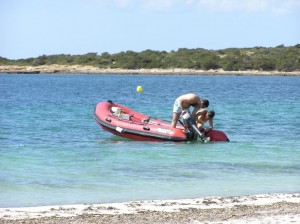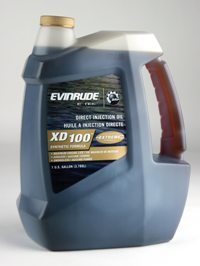Boat Ownership: Part Four
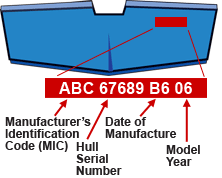 Every boat—at least the ones manufactured after 1972—comes with a distinct Hull Identification Number (HIN) which is etched onto the transom. The HIN, which is a series of 12 letters and numbers, gives your boat a unique identity that can be used in the event of theft or a manufacturer recall. Many states require a registration number, which is not the same the State Registration number.
Every boat—at least the ones manufactured after 1972—comes with a distinct Hull Identification Number (HIN) which is etched onto the transom. The HIN, which is a series of 12 letters and numbers, gives your boat a unique identity that can be used in the event of theft or a manufacturer recall. Many states require a registration number, which is not the same the State Registration number.
The HIN format changed in 1984, so we’ll cover the most up-to-date criteria. The first three characters specify the manufacturer; the next five are the hull serial number; followed by the date of certification; and the final two numbers are the model year. It’s important to keep your HIN in a safe location so you have it in the event of an emergency. You should always have emergency products and information like life jackets and extra outboard motor oil.



